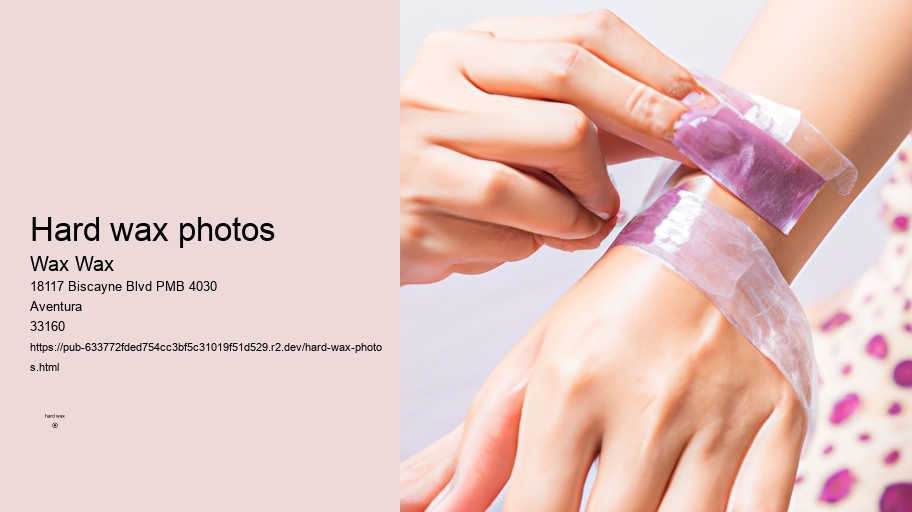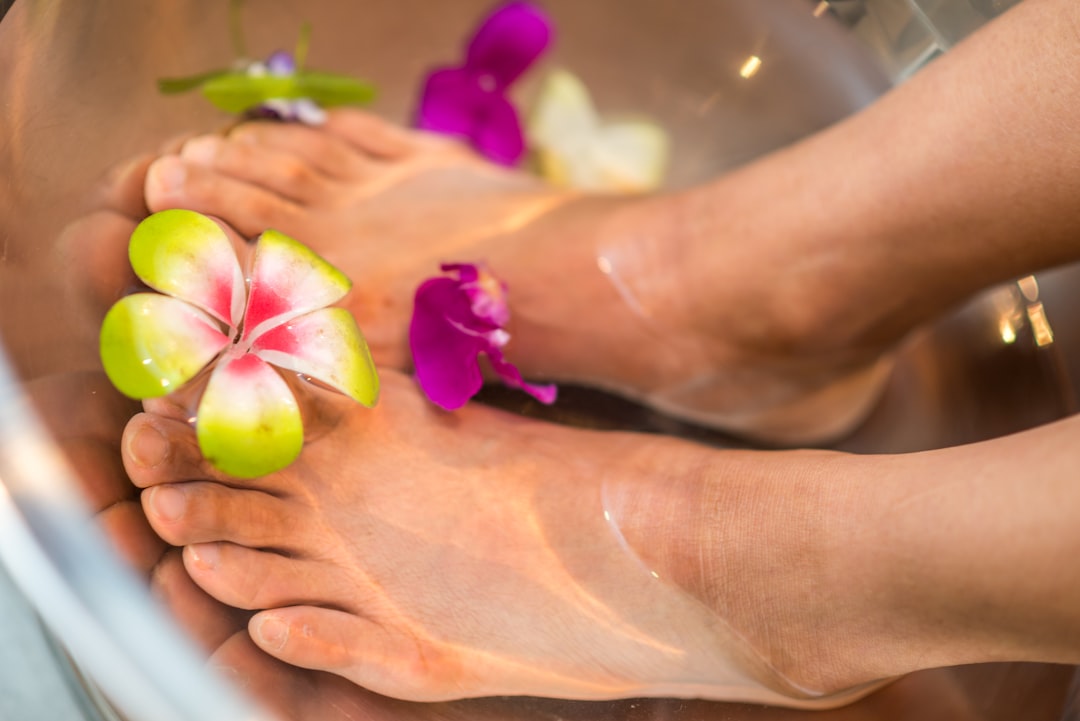

Explaining sensitive skin and how it can react to waxing
With regular waxing, hair follicles weaken and may eventually stop producing new hair growth.
Waxing is the process of hair removal from the root by using a covering of a sticky substance, such as wax, to adhere to body hair, and then removing this covering and pulling out the hair from the follicle.
By exfoliating, you are effectively unclogging your pores, allowing for new hair growth without obstruction.
Sensitive skin can be more prone to irritation and inflammation when exposed to certain products or treatments.
After waxing, it is essential to maintain proper care to ensure smooth and long-lasting results! Follow these steps for effective long-term maintenance:
1. How long does waxing typically last compared to shaving?
Neglecting exfoliation: One common mistake people make when DIY waxing at home is neglecting to exfoliate their skin beforehand. Exfoliating helps remove dead skin cells and allows the wax to adhere better to the hair, resulting in a smoother and more effective waxing session.
Pain factor comparison between waxing, shaving, and depilatory creams
Overall, waxing remains a popular choice for hair removal due to its effectiveness and longer-lasting results. The practice continues to be refined with new techniques and products being developed to improve the experience for those seeking smooth and hair-free skin.
1. What is your skin type?
Managing discomfort during your first bikini wax is essential for ensuring a positive experience. By taking steps such as pre-treating with pain relievers, communicating with your esthetician, and staying consistent with your waxing schedule, you can minimize any pain or discomfort associated with the process.
Hard Wax Hard wax is a popular choice for sensitive areas like the bikini line or face. It hardens after application and can be removed without using strips. Hard wax adheres mainly to the hair rather than the skin (!) resulting in less irritation.
Individuals with sensitive skin may have a lower tolerance for pain during waxing due to heightened sensitivity in their nerve endings. The pulling motion of waxing can cause discomfort and possible redness in the treated area. Additionally, the chemicals in wax or the act of pulling hair out from the root can trigger an inflammatory response in sensitive skin, leading to temporary irritation.
Waxing is the process of hair removal from the root by using a covering of a sticky substance, such as wax, to adhere to body hair, and then removing this covering and pulling out the hair from the follicle. New hair will not grow back in the previously waxed area for four to six weeks, although some people will start to see regrowth in only a week due to some of their hair being on a different human hair growth cycle. Almost any area of the body can be waxed, including eyebrows , face, pubic hair (called bikini waxing or intimate waxing), legs, arms, back, abdomen, chest, knuckles, and feet. There are many types of waxing suitable for removing unwanted hair.

Overall, waxing remains a popular choice for hair removal due to its effectiveness and longer-lasting results. The practice continues to be refined with new techniques and products being developed to improve the experience for those seeking smooth and hair-free skin.
Pain relievers such as ibuprofen or acetaminophen can help reduce inflammation and pain associated with waxing.
Waxing is the process of hair removal from the root by using a covering of a sticky substance, such as wax, to adhere to body hair, and then removing this covering and pulling out the hair from the follicle. New hair will not grow back in the previously waxed area for four to six weeks, although some people will start to see regrowth in only a week due to some of their hair being on a different human hair growth cycle. Almost any area of the body can be waxed, including eyebrows , face, pubic hair (called bikini waxing or intimate waxing), legs, arms, back, abdomen, chest, knuckles, and feet. There are many types of waxing suitable for removing unwanted hair.
Avoid Harsh Scrubs: Stay away from harsh scrubs with large particles that can cause micro-tears in the skin before waxing. Look for finer exfoliants like sugar or oatmeal scrubs for a gentler approach.
It is recommended to get waxed every 3-6 weeks, depending on your hair growth cycle.
Despite its benefits, waxing also has drawbacks such as ingrown hairs and minor bleeding. Additionally, individuals with certain medical conditions or taking specific medications may be at higher risk for skin irritation or complications during waxing.
hard wax soft wax